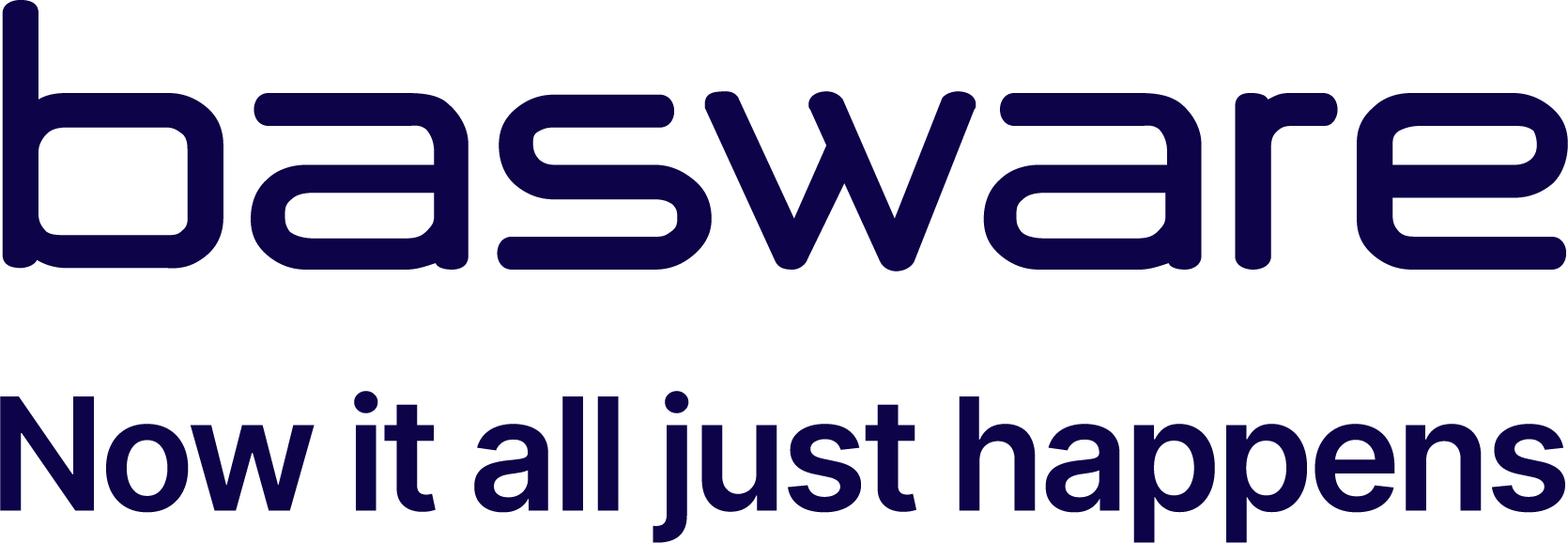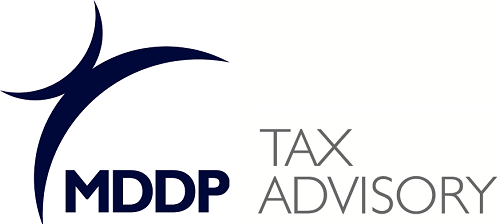- Transactions involving intangible assets are being audited more frequently by tax authorities in Poland.
- In 2022, 366 transfer pricing audits were carried out, with a significant amount of overestimated income.
- It is important to consider transfer pricing aspects in transactions involving intangible assets to protect your business from potential risks.
- Polish accounting regulations define intangible assets as property rights acquired by an entity that are included in fixed assets and have an expected period of economic usefulness longer than one year.
- The OECD guidelines define intangible assets as something that is not a physical or financial asset, but can be owned or controlled for use in commercial activities.
- Intangible assets include licenses, copyrights, patents, trademarks, goodwill, and more.
- Transfer pricing issues are crucial at every stage of a transaction involving intangible assets.
- The settlement planning stage involves identifying planned settlements, preparing implementable proposals, and conducting benchmarking analyses.
- Fulfilling transfer pricing obligations for transactions involving intangible assets can be difficult and complex.
- Trademark licensing transactions are popular in intra-group transactions and are increasingly reviewed and analyzed by tax authorities.
- It is important to prepare a valuable benchmarking analysis based on market data and consider a DEMPE analysis to avoid overestimations by tax authorities.
Source: mddp.pl
Note that this post was (partially) written with the help of AI. It is always useful to review the original source material, and where needed to obtain (local) advice from a specialist.
Latest Posts in "Poland"
- VAT IT eezi webinar – European E-Invoicing Spotlight: Greece, Poland, Croatia & Spain (Nov 27)
- Poland Advances E-Invoicing System Testing Ahead of 2026 Mandatory Rollout
- Split Payment Fails to Stop VAT Fraud: New Tightening Measures Planned by Finance Ministry
- SAF-T VAT will be adapted to KSeF – there is a draft
- KSeF: A Treasure Trove of Business Data — and a Security Challenge














